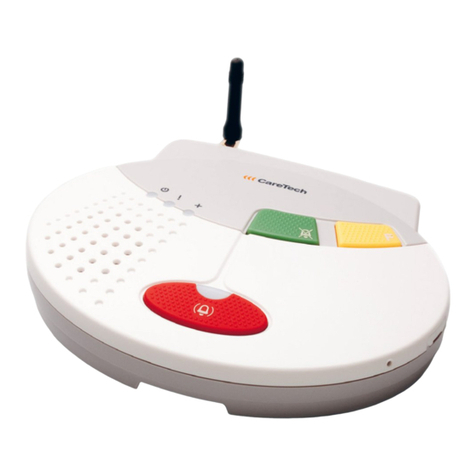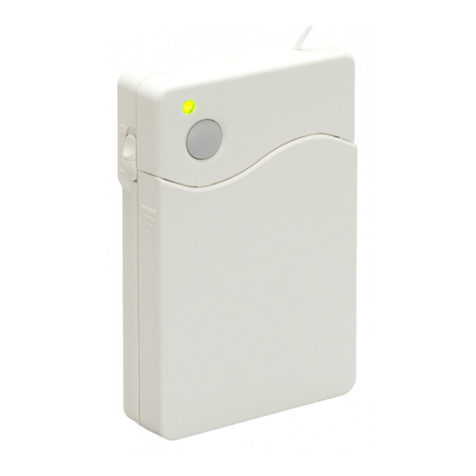Table of contents
1
11
1
REVISIO S
REVISIO SREVISIO S
REVISIO S
................................
................................................................
................................................................
................................................................
................................................................
................................................................
..........................................
....................
..........
5
55
5
2
22
2
TECH ICAL TERMS
TECH ICAL TERMSTECH ICAL TERMS
TECH ICAL TERMS
................................
................................................................
................................................................
................................................................
.............................................................
..........................................................
.............................
5
55
5
3
33
3
SAFETY I FORMATIO
SAFETY I FORMATIOSAFETY I FORMATIO
SAFETY I FORMATIO
................................
................................................................
................................................................
................................................................
........................................................
................................................
........................
6
66
6
4
44
4
OVERVIEW CareIP
OVERVIEW CareIPOVERVIEW CareIP
OVERVIEW CareIP
................................
................................................................
................................................................
................................................................
................................................................
................................................................
................................
7
77
7
4.1
CareIP front ................................................................................................................ 7
4.1.1
Indicator lights ..................................................................................................... 7
4.2
CareIP back ............................................................................................................... 8
4.2.1
Connection terminals ........................................................................................... 8
5
55
5
DESCRIPTIO OF FU CTIO S
DESCRIPTIO OF FU CTIO SDESCRIPTIO OF FU CTIO S
DESCRIPTIO OF FU CTIO S
................................
................................................................
................................................................
................................................................
.............................................
..........................
.............
9
99
9
5.1
Activating an alarm ..................................................................................................... 9
5.2
Different types of alarm triggers .................................................................................. 9
5.3
Alarm receivers ........................................................................................................... 9
5.4
Alarm process ............................................................................................................ 9
5.5
Log alarm ................................................................................................................. 10
5.6
Test alarm ................................................................................................................ 10
5.7
Inactivity alarm .......................................................................................................... 11
5.7.1
Home/Away function .......................................................................................... 11
5.8
Call-back after alarm ................................................................................................ 11
5.9
Automatic answer on incoming calls ......................................................................... 12
5.10
Intruder alarm ........................................................................................................ 12
5.11
VoIP – Telephone call over internet ........................................................................ 13
5.12
Heartbeat - activity message ................................................................................. 13
6
66
6
I STALLATIO
I STALLATIOI STALLATIO
I STALLATIO
................................
................................................................
................................................................
................................................................
................................................................
................................................................
...................................
......
...
14
1414
14
6.1
Connection ............................................................................................................... 14
6.2
Connecting external equippment .............................................................................. 14
6.2.1
Inputs ................................................................................................................ 15
6.2.2
Output 1, relay output ........................................................................................ 15
6.2.3
Output 2, transistor output ................................................................................. 15
6.2.4
Output 3, connection to hearing loop systems ................................................... 16
6.3
Installing the SIM card .............................................................................................. 17
6.3.1
GSM Only .......................................................................................................... 17
6.3.2
GSM signal strength check ................................................................................ 17
6.4
PoE .......................................................................................................................... 18
6.4.1
Installing PoE module ......................................................................................... 18
7
77
7
PROGRAMMI G
PROGRAMMI GPROGRAMMI G
PROGRAMMI G
................................
................................................................
................................................................
................................................................
................................................................
................................................................
................................
19
1919
19
7.1
Programming of radio unit ........................................................................................ 19
7.1.1
Programming of radio transmitter ....................................................................... 19
7.1.2
Check radio coverage ........................................................................................ 19
7.1.3
Erase programmed radio units ........................................................................... 19
7.2
Recording of speech message (ID) ........................................................................... 19
7.3
i-care Online ............................................................................................................. 20
7.4
Local programming .................................................................................................. 21
7.5
Service Mode ........................................................................................................... 22
7.5.1
Activate Service Mode ....................................................................................... 22
7.5.2
Service Mode functions ...................................................................................... 22
7.5.3
avigate in Service Mode ................................................................................... 23
7.6
CareIP settings ......................................................................................................... 24
7.6.1
IP settings .......................................................................................................... 24
7.6.2
SIP Settings ....................................................................................................... 26
7.6.3
GSM/GPRS settings .......................................................................................... 27





























